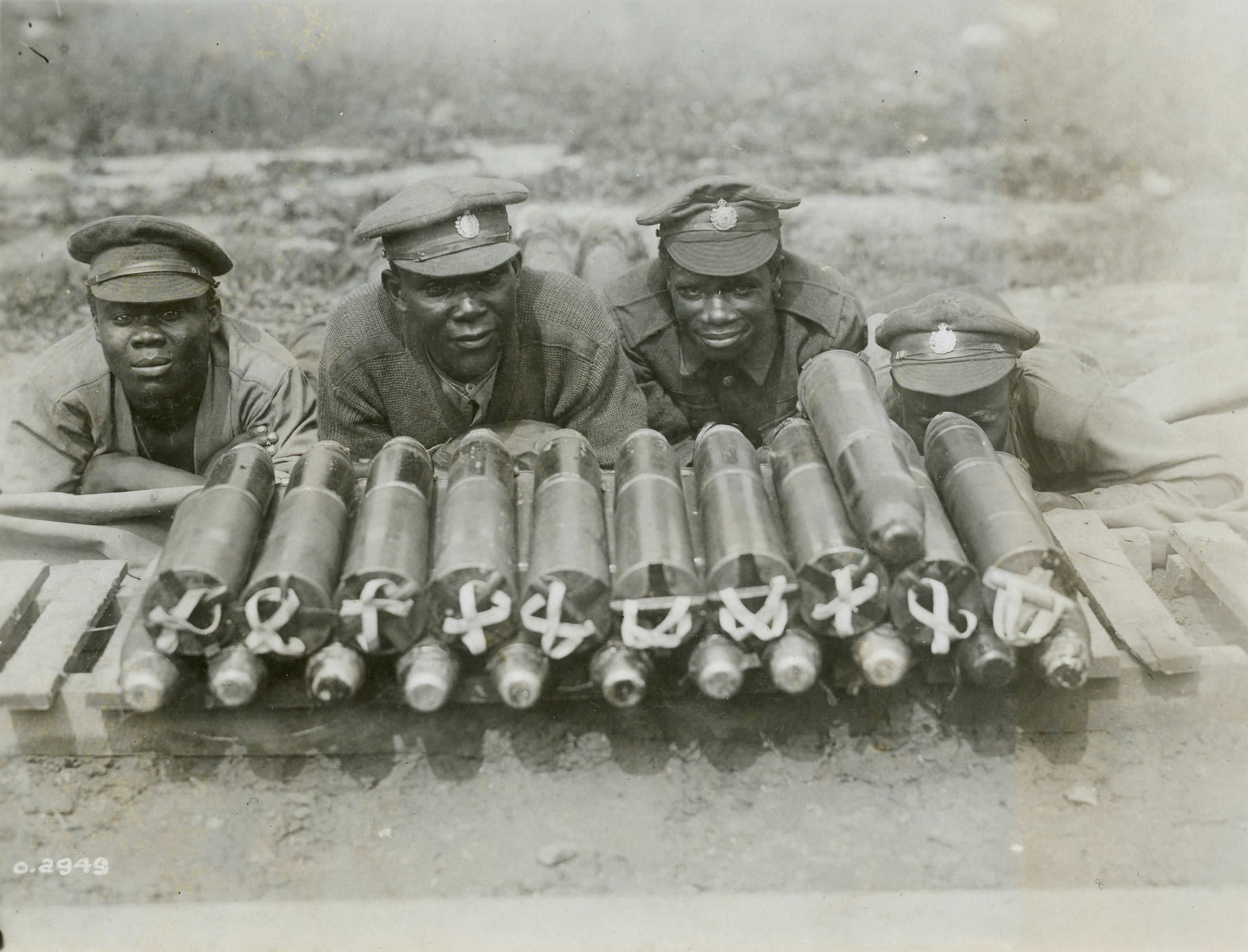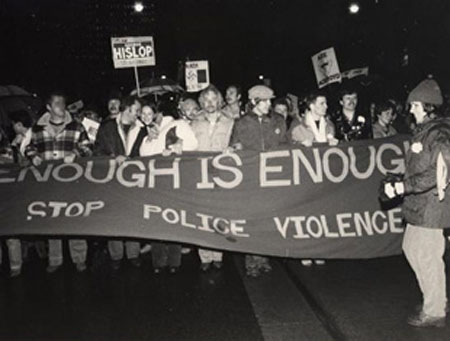Article
Suicide among Indigenous Peoples in Canada
This article contains sensitive material that may not be suitable for all audiences. To reach the Canada Suicide Prevention Service, contact 1-833-456-4566. Suicide rates among First Nations, Métis and Inuit are consistently and significantly higher than the rate among non-Indigenous people in Canada. Suicide in these cases has multiple social and individual causes. Historical factors, including the effects of colonization and polices of assimilation, also affect rates of suicide among Indigenous peoples in Canada. Various Indigenous organizations aim to integrate Indigenous knowledge with evidence-informed approaches to prevent suicide.















